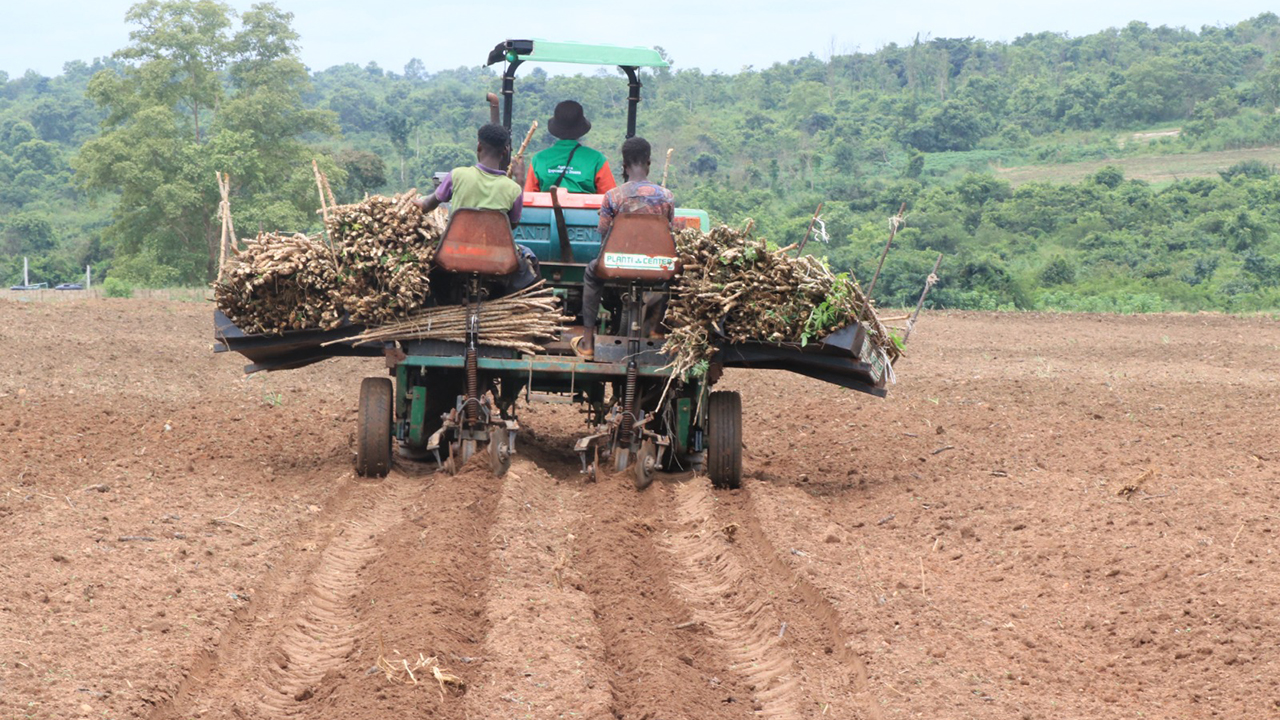The National Agricultural Land Development Authority (NALDA) has unveiled plans to place 20,000 hectares of plantations under a comprehensive Monitoring, Reporting and Verification (MRV) system as part of Nigeria’s drive to participate in high-integrity voluntary carbon markets.
The Executive Secretary of NALDA, Engr Cornelius Adebayo, disclosed this while unveiling the NALDA Carbon Roadmap at a side event organised by the authority at the ongoing CoP 30 in Brazil.
He stated that the roadmap includes rehabilitating ageing stock, integrating pledged lands, and ensuring that communities receive tangible benefits from every hectare restored, adding that the roadmap also signifies Nigeria’s readiness to participate in high-quality voluntary carbon markets as integrity standards continue to evolve globally.
He said that the development signalled Nigeria’s readiness to participate in credible voluntary carbon markets and to position land restoration and plantation development at the centre of climate response.
He noted that the agency had evolved from its core mandate of developing agricultural land and supporting rural livelihoods into a national driver of landscape restoration, afforestation and sustainable land management.
According to him, NALDA’s plantations across diverse ecological zones now form part of Nigeria’s fastest-growing nature-based climate assets, capable of delivering high-integrity carbon removals while strengthening food systems and rural economies.
He said, “Our presence here today is to spotlight these transformational efforts and outline the ambitious NALDA Plantation Carbon Roadmap.”
Among the projects implemented by the authority is the Renewed Hope Mega Farm Estate, where NALDA is developing large-scale agricultural settlements ranging from 5,000 to 25,000 hectares.
“The estates have begun in Ekiti and Kwara with over 1,200 and 1,050 hectares under cultivation,” he said, adding that the farm estates are fully mechanised, equipped with complete infrastructure such as roads, irrigation systems, processing hubs, housing, and energy systems to function as full agricultural settlements.
He said that as part of the sustainability framework, each estate will receive comprehensive perimeter fencing, along which NALDA will plant thousands of climate-resilient trees capable of generating significant carbon credits over time.
The move, according to him, is to ensure that, beyond food production and job creation, farmers within these estates can earn additional income from carbon markets, allowing them to transition from low-income status into the middle-income economy.
Alongside the mega estates, NALDA said it was advancing smaller restoration farms of between 500 and 2,000 hectares targeted at internally displaced persons (IDPs), migrants and refugees.
He disclosed that the sites combine land rehabilitation, structured tree planting and climate-smart agricultural practices to provide vulnerable populations with access to land, income opportunities and long-term stability.
The Authority expects the projects to support more than 15,000 displaced persons, resulting in tangible economic and environmental gains.
The executive secretary said the sites were located in ecologically sensitive zones where reforestation and species protection could strengthen biodiversity while expanding carbon sequestration.






